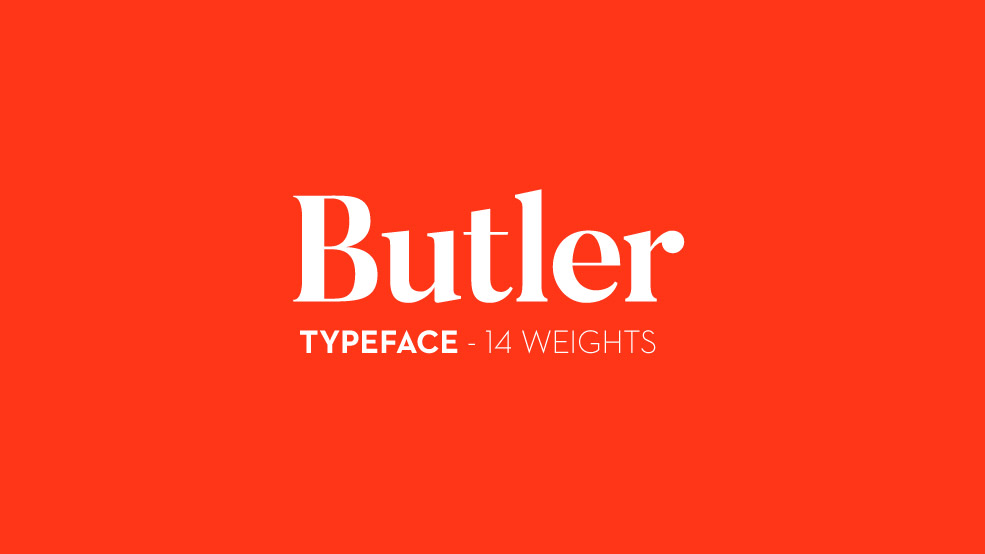
If you're selling crayons, then you'll want a fun, happy font.

What you think looks good might not fly with the client, so it's always good to think about what the function of the design will be. If you're designing something for someone else, then you need to be thinking about them, and their target audience. You could have guessed that, sure, but it's still good to know. It's nothing especially surprising - curly fonts, and those that look like they've been written by children connote happiness thicker fonts are more assertive serif fonts are traditional and bland, but sans serif fonts are modern and clean. There've been studies conducted that have asked people to give a word as a reactionary description when they've been shown fonts. We're delving deeper into the proverbial rabbit hole, here, and I'd like to take a quick second to share some interesting information. More than you can shake a stick at - and they all do something a little bit different for us.įonts are in abundance these days, and if you know where to look, you can snag thousands of them for free. There're big ones, small ones, fat ones, thin ones, slanty ones and curly ones, serif and sans serif. They do so much more than simply display text. What do I mean by that? Well, keep reading, and you'll find out.īack in the old days, fonts were scarce, difficult to get hold of, and unless the one you wanted came preprogrammed into a text editor, you were pretty much stuck.īut, now, we're not. This is, in fact, the post you've been looking for, and below, we'll be running through the simple steps to design that you can follow to help you filter the right fonts for all your graphic material.

If you're a graphic designer, then you know what I'm talking about before I even say how much of a slog it is to nail down the right font for your designs.Īnd, if you're reading this, then you're also looking for some advice to perhaps 'ease' your journey to aesthetic perfection. How to choose the right typeface for your graphic design?


 0 kommentar(er)
0 kommentar(er)
